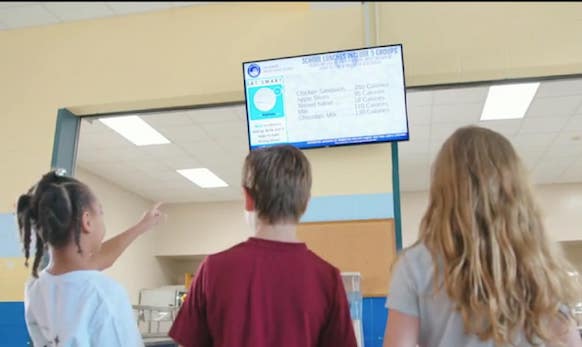Menu planning can become tedious and disorganized when repeated monthly. This is why well-planned and thoughtful cycle menus are so important to any school nutrition program.
Luckily, Child Nutrition Operations Consultant Cynthia Sevier, SNS, has compiled some tips to ease the pain of district menu planning.
Sevier’s tips for cycle menu planning will help you decrease costs while increasing student participation and lunchline speeds while making meal preparation and serving at the school level a breeze.
Create District-Wide Cycle Menus for Consistency
Sevier’s biggest tip? Create district-level cycle menus across all school sites.
Control-centralized cycle menus are more likely to control the number of menu items and productivity of a lunchroom than those developed by individual school site managers. Centralized cycle menu planning creates a pattern, which is useful for both students and staff in multiple ways.
Increasing Student Acceptability Decreases Cost
Consider using only the most popular items. Then, eliminate the items not selected by at least 25 students per day. Keeping unpopular items on the menu increases inventory costs due to slow turnover.
Menus should be developed to lean on in-season produce and commodities to control plate costs. Streamlining certain products that can be included in more than one recipe is also a cost controlling measure.
Appetizing Choices Increase Lunch Participation
Students have so many choices now and those choices are not limited to what is served in the school cafeteria. Children who frequently dine out with their parents are more sophisticated in their food selections. That means lunchrooms need to step up to match those developing tastes.
School cycle menus should offer fresh, correctly prepared foods with a variety of colors, tastes, and textures within each daily menu. Making all school lunch choices appetizing and health-conscious is the first step to increasing student participation in your lunchrooms.
Ease of Preparation and Serving
When planning your menus, you should always consider the amount of prep time required and the type of equipment needed for each meal.
Are there too many items that need oven preparation on a given menu, creating competition for oven space? Think about the number of items that will be on the serving line and how that will affect the ease of serving. This allows students to move through the line quickly without slowing down to wait on servers.
Plan your cycle menus early for your district to make wiser food and equipment purchases and optimize production.
Use these cycle menu planning tips and tricks to increase your lunchroom participation and speed up the lunchlines while saving your school nutrition program money.
